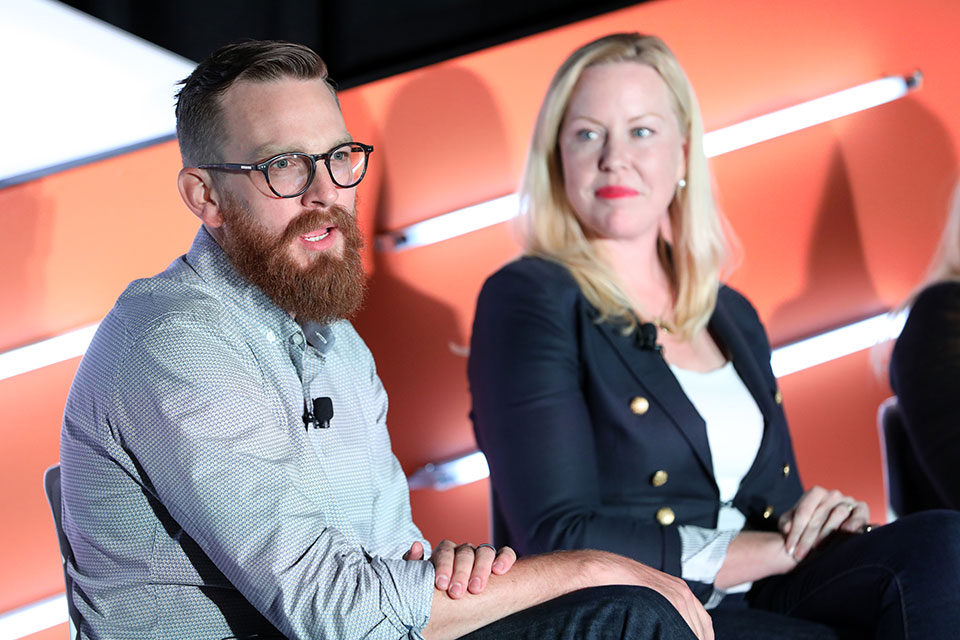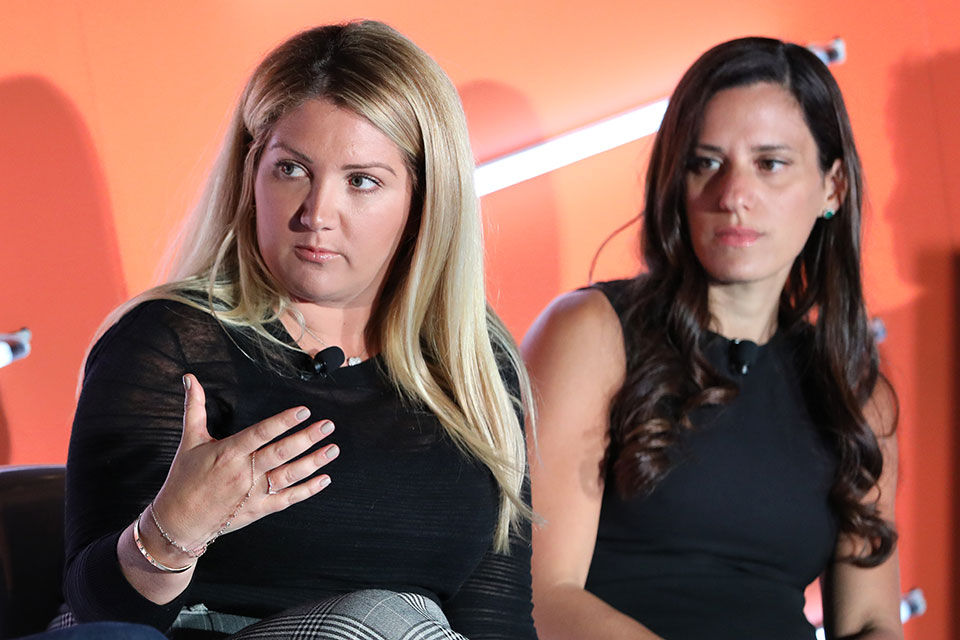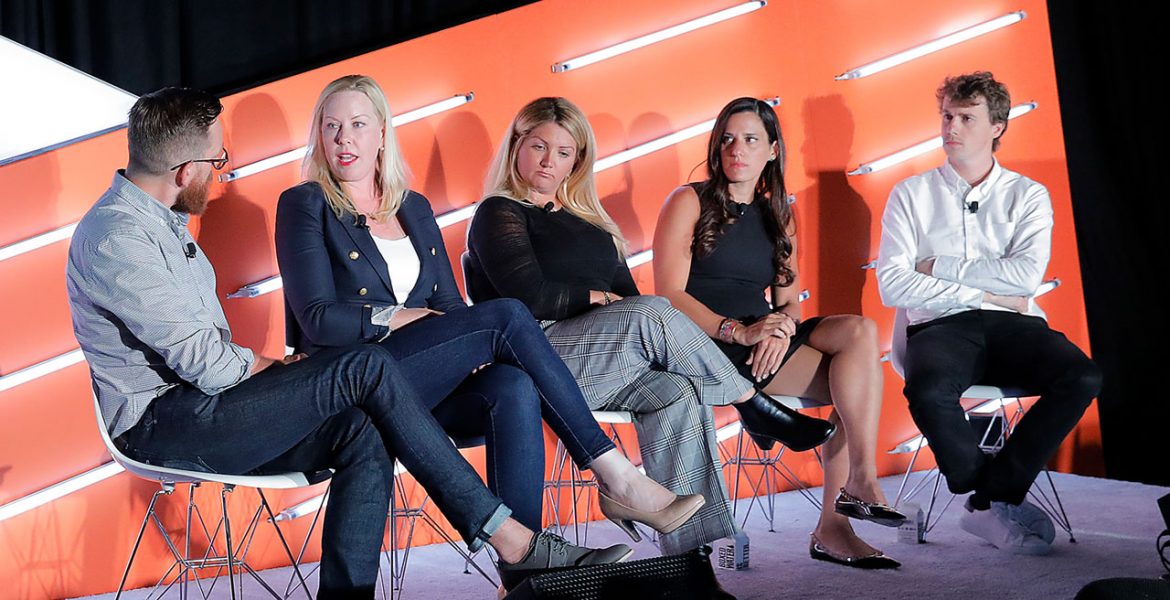In 2012, when the states of Washington and Colorado first legalized recreational marijuana, a whole new market for hemp-related products opened up in America. But today’s cannabis is not the weed of your youth. Namely, marijuana is legal today in 31 states, either for medical use only, or for recreational uses as well.
“It’s nice seeing how cannabis was a taboo subject and is now being brought into the mainstream,” Stephen Murphy, founder and Executive Director of Prohibition Partners, says.

According to Murphy, new consumers of cannabis products require transparency, sustainability and authenticity of brands, just as they would expect from brands of any other product.
“What you have is this new consumer demographic that is moving into cannabis and we’re at ground zero for brands trying to launch a new product or launch a new brand to these consumers,” Murphy says.
The cannabis market is diverse, falling into three primary categories: recreational, health and wellness, and marijuana strictly for medical use. New users fall into one of these categories every day, which enables marketers to look at macro trends to decide how they can create CBD, hemp, and THC products that meet consumers’ needs.
“The number of people coming into this category every single day is astounding,” Sam Collins, Chief Marketing Officer of Bhang Corporation, says. “The growth is astounding.”
One primary difference in the cannabis market between 2019 and a few years ago is the vast amounts of data that are now available for cannabis marketing and advertising.

“We have so much data now, we know what products are selling well and we know who’s buying those products,” Rosie Mattio, founder and CEO of Mattio Communications, says.
According to Allison Statter, CEO of Blended Strategy Group, just knowing the consumer is not enough. Cannabis communications has to help them feel safe in the cannabis space, which begins with education.
“The education has to come first,” Statter says. “The consumer will follow. We’re going to have to break down that barrier and help them understand that you don’t have to be scared of cannabis.”

In the world of weed, because its legality is so new, brand building and education are not mutually exclusive. According to Murphy, if education is not part of a marijuana brand, it is “fundamentally failing.”
Cannabis education goes beyond educating the consumer, though. Murphy says that it’s also necessary to educate the members of state and federal legislatures that have the opportunity to legalize weed or not.
“We need to let them understand that when they took that terrible bong hit in college, it’s not like that now in 2019,” Statter says. “We actually know how it’s made, where it’s coming from, the people behind it and the knowledge they have on it because they’ve been doing it their whole life illegally and now, they’re allowed to do it legally.”
However, it is still a bit of a taboo. Marketers struggle to find celebrities and influencers to endorse their products because they don’t want to lose their other endorsement deals or tarnish their reputation. However, according to Collins, when cannabis brands gain a celebrity endorsement, it is extremely effective as a marketing tactic. Chelsea Handler is even coming out with her own cannabis brand and is working with Statter’s company to market it.
Though marketing and advertising for cannabis brands may come with its logistic and ethical challenges, this new industry is also packed full of exciting opportunities. Just like any other brand, consumers require transparency and authenticity. With constant legalization efforts and new products on the horizon, America can be sure of one thing: weed will never be the same.
Want to learn more about this and other important industry topics? Be sure to visit AWLearn, Advertising Week’s new your-round education platform.
Photos: Shutterstock / Advertising Week

